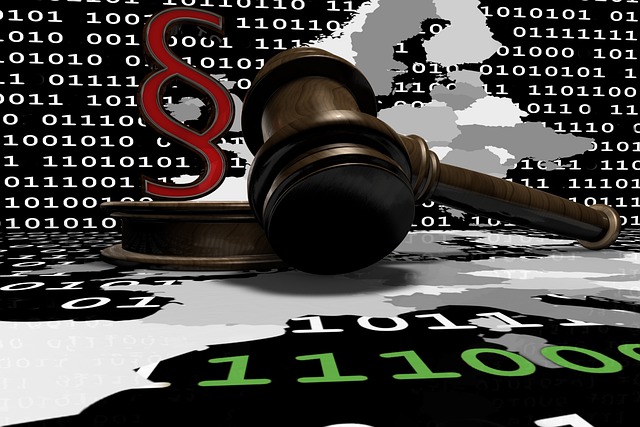
Exploring the Impact of Online Risk Management on Social Trends in Cybersecurity
Introduction
In an era where our lives are increasingly intertwined with digital platforms, fostering a sense of responsibility has never been more vital. Online risk management isn’t just a technical playbook—it’s a mindset that shapes how we interact, share, and safeguard in cyberspace. As concerns over data breaches, identity theft, and misinformation grow, the Ripple effect of our collective choices becomes evident in emerging social trends. This post explores how adopting proper technology etiquette and understanding broader social shifts can help us all navigate the cybersecurity landscape with confidence and care.
Technology Etiquette
Good etiquette in the digital world goes beyond polite messaging; it’s about proactive protection. Integrating online risk management into daily routines encourages users to think twice before clicking unknown links, sharing sensitive information, or bypassing software updates. Key aspects include:
- Mindful Sharing: Treat personal data like a precious resource. Pause before posting or forwarding content that could expose you or others to risk.
- Respecting Privacy Boundaries: Use secure channels for confidential discussions, and always ask permission before tagging or posting someone else’s details online.
- Routine Digital Maintenance: Regularly update passwords, enable multi-factor authentication, and apply software patches. These small habits become second nature when viewed as shared civic duty rather than chores.
By embedding these practices into our digital etiquette, we not only protect ourselves but also set positive examples for friends, family, and colleagues.
Social Trends in Cybersecurity
The collective mindset around cybersecurity is evolving. A few notable social trends highlight this shift:
- Community-Driven Vigilance: Online forums and neighborhood social groups increasingly serve as early-warning networks for phishing scams and data leaks. Peer-to-peer alerts foster a culture of shared accountability.
- Gamification of Security Education: Interactive quizzes, reward-based challenges, and digital badges make learning about online risk management engaging and social. People join teams to compete in “capture the flag” cybersecurity exercises, turning defense into a communal activity.
- Ethical Tech Advocacy: Influencers and grassroots movements are championing responsible AI, data transparency, and digital rights. Public pressure pushes organizations to adopt stronger security measures and communicate openly about risks.
These trends underscore a growing recognition: cybersecurity is not solely the domain of IT departments. It thrives when individuals embrace precaution as part of their social identity.
Embracing a Secure Digital Culture
Ultimately, strengthening our collective defenses demands a blend of courteous behavior and awareness of shifting social norms. By weaving online risk management into everyday interactions, we transform cybersecurity from a distant concern into an accessible, shared responsibility. When each user embodies thoughtful technology etiquette and participates in community-driven security initiatives, the digital world becomes not just safer but more trusting and connected.



